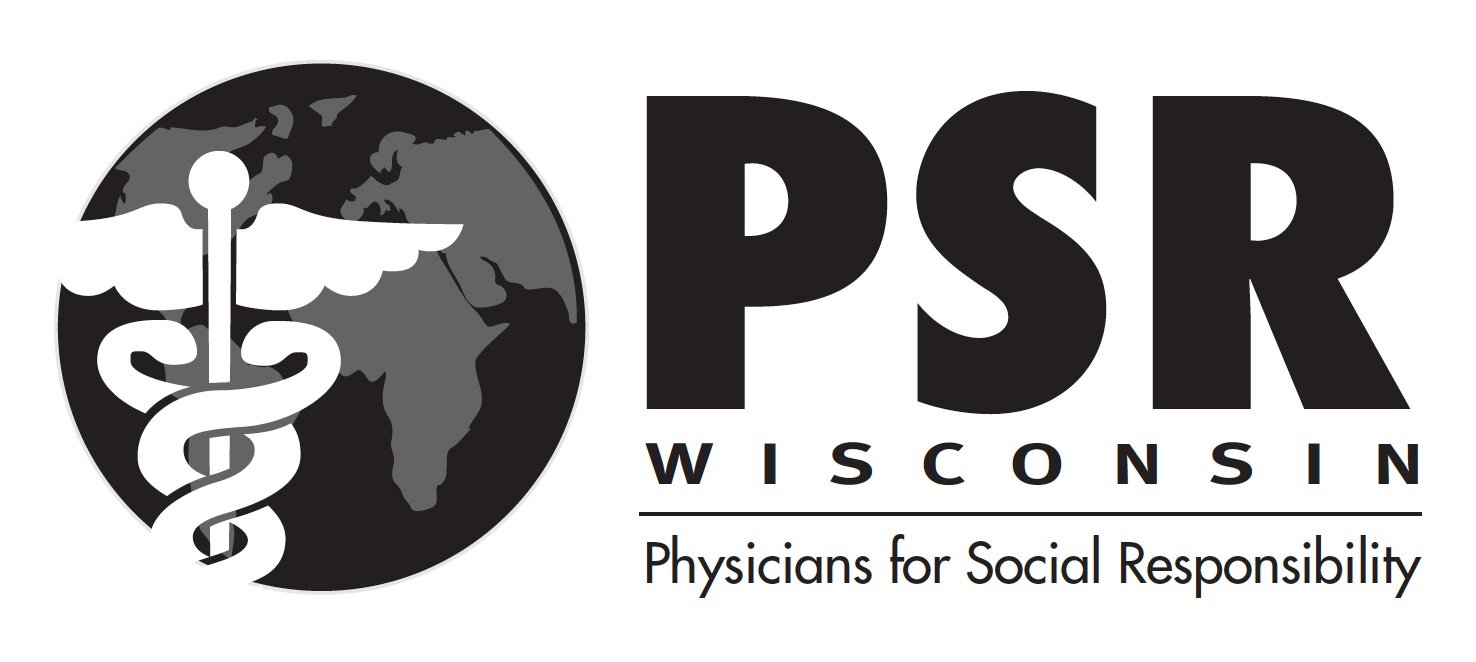BACKGROUND - NUCLEAR WEAPONS
Download our printable PDF handout for “Background” >>
Risk of accidental and intentional use of nuclear weapons is increasing
There are nearly 12,000 nuclear weapons worldwide, 90% in the stockpiles of the US and Russia. The risk of accidental or intentional use of nuclear bombs has increased due to the spread of these weapons to 7 countries besides US and Russia.
There have already been numerous instances of accidents leading to near-detonation and miscommunications leading to near-war.
“The vulnerability of nuclear weapon command and control systems and early-warning networks to cyber attacks and attacks by non-state actors; and the growing automation of weapon systems” have been identified by the UN as current risk factors for nuclear weapon detonation.
Increased geopolitical conflicts between nuclear states further increase the risk of a nuclear attack.
Humanitarian effects of nuclear weapons use
Since 1945, nuclear-armed states have detonated over 2,000 nuclear weapons, impacting communities around the world. Learn more about the tests, survivors stories and their activism for justice by visiting this website from ICAN.
There can be no humanitarian medical response to a nuclear attack. See what would happen if a nuclear bomb detonated over your city.
One modern 300 kiloton nuclear bomb detonated over Madison, WI (city population 270,000) would immediately kill 98,000 people and severely injure another 128,000 people. This number of people with severe burn, blast and radiation injuries would overwhelm the nation’s medical capacity.
As of 2007, US had fewer than 2000 burn beds nationwide.
As of 2010, US had fewer than 2000 trauma centers nationwide.
Most US medical personnel have no training in the diagnosis and treatment of acute radiation injuries. U.S. officials said in 2010-2011 that the nation’s health system was ill-prepared to cope with a catastrophic release of radiation, despite years of focus on the possibility of a terrorist “dirty bomb” or an improvised nuclear device attack.
View this 2022 report examining the existing health infrastructure available to respond to the explosion of a moderately-sized nuclear weapon over nine cities in nuclear-armed states and one non-nuclear armed state’s capital.
CLIMATE AND ECOSYSTEM DISRUPTION DUE TO NUCLEAR WAR
Recent computer climate models have shown that a limited nuclear war using less than 1% of the world’s nuclear arsenal (100 x 15 kt Hiroshima/Nagasaki size bombs) could lead to the immediate heat, blast and radiation related deaths of over 20 million people. Light absorbing smoke released into the upper atmosphere from blasts would block the sun and drop world surface temperatures 1.25 degrees Celsius for years, reduce world precipitation by 10%, lead to shortened growing seasons, decreased grain production and the starvation of 2 billion people.
A full scale nuclear war between the US and Russia could cause 250 - 500 million immediate fatalities. It could also result in a nuclear winter with a drop in world surface temperatures of 8 degrees Celsius (equivalent to last ice age temperatures) and a drop in precipitation by 45% leading to collapse of agriculture, worldwide famine and the end of civilization as we know it.
COSTS OF NUCLEAR WEAPONS MAINTENANCE, ENHANCEMENT & CLEANUP
2024 FY Madison, Wisconsin Estimated Nuclear Weapons Tax Expenditure Maintenance/Modernization= $87 million.
2024 FY Wisconsin Estimated Nuclear Weapons Tax Expenditure Maintenance/Modernization= $1.62 billion
2024 FY United States Estimated Nuclear Weapons Tax Expenditure Maintenance/Modernization= $94.5 billion.
COSTS OF PROVIDING FREE EDUCATION, CLEAN WATER & ENDING WORLD HUNGER
The Congressional Budget Office (CBO) estimated in July 2023 that the cost of operating, maintaining, and modernizing US Nuclear forces will be $756 billion over the 2023–2032 period. For $75.6 billion per year, we could:
provide the funding needed to make community college tuition-free for US students at a cost of $10.9 billion per year for nearly 7 years in a row.
provide the cost of $40 billion per year needed to end world hunger by 2030 for nearly two years in a row.
provide over one half of the $150 billion per year needed to provide the world with clean water.
provide over one third of the $265 billion per year needed to end world poverty.





